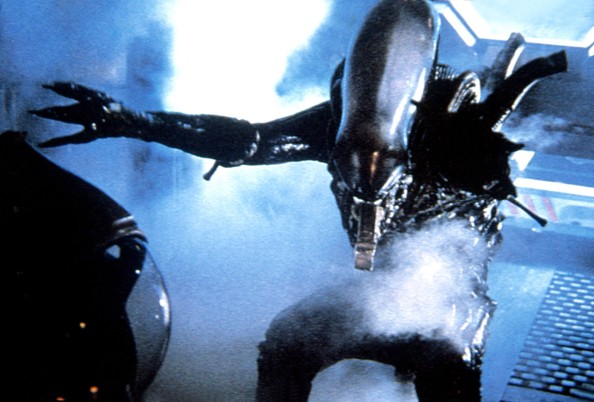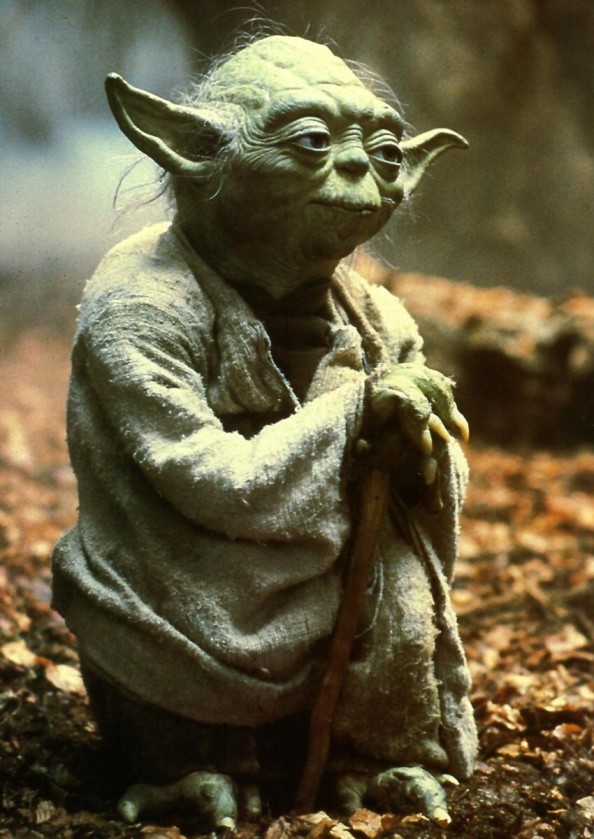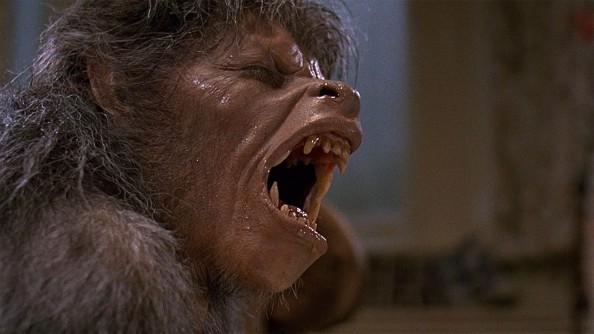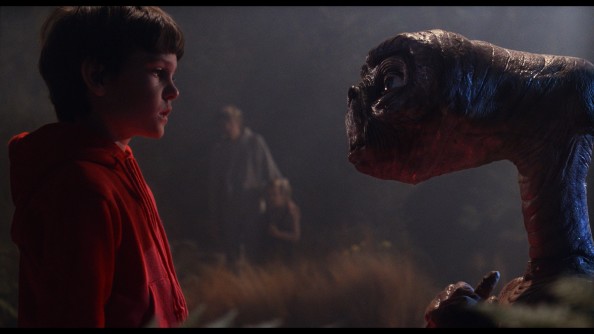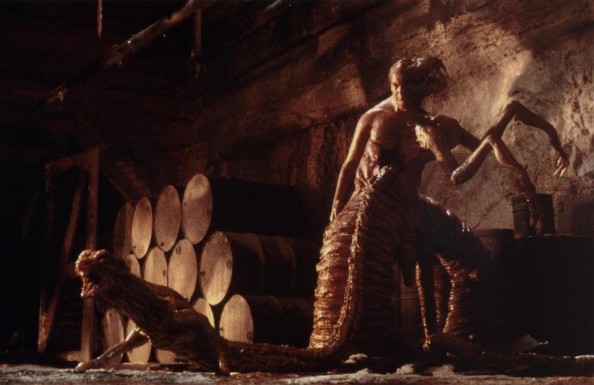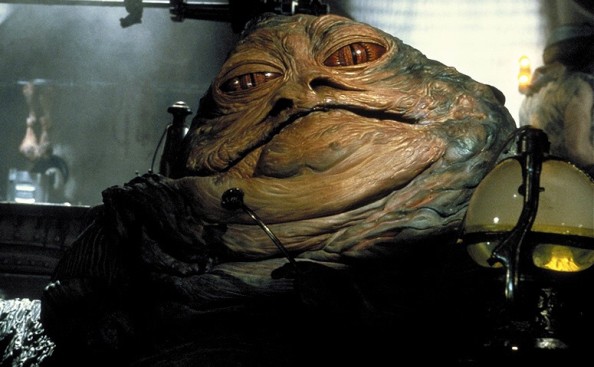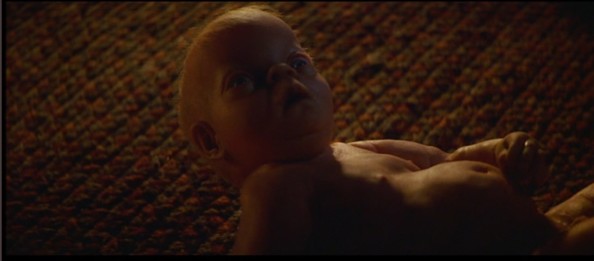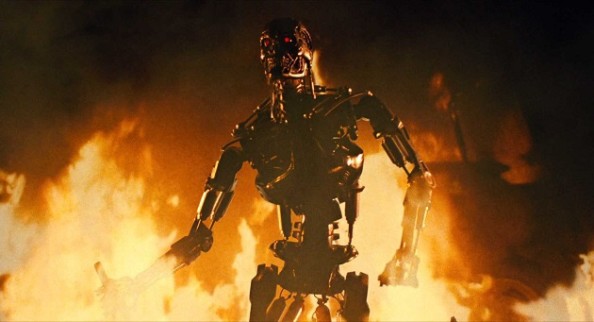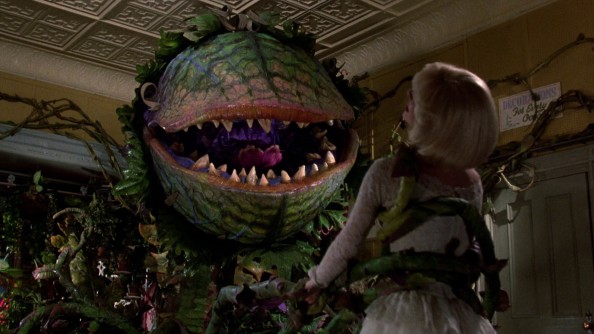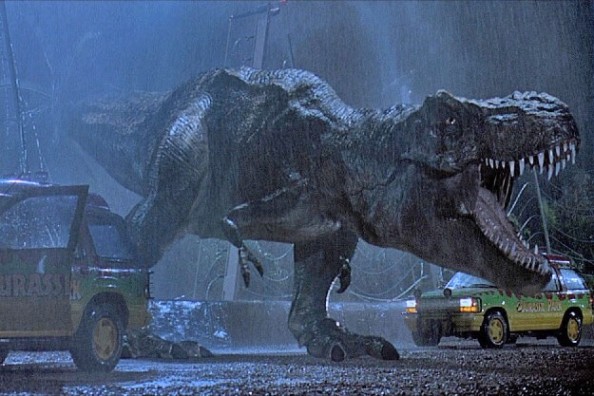Computer Generated Imagery (CGI) have been the norm in special effects for more than a generation now. Much has been made of the difference between this technology and the ‘old’ way of doing things: with practical, hand-made, effects. (Usually, by older film goers like me, grumbling about ‘kids these days’.) Rather than add to that argument, I’d like to start by saying that both techniques have their usefulness, and when blended together in just the right way, the effects can be quite, well, special. But all generational biases aside, for me, there is nothing like the textural quality of a good practical effect. It’s photographic. It’s solid. It exists in real space. It’s a kind of magician’s trick. Here are ten examples that impacted me growing up:
1. “Alien” (1979) I was 8 when I saw it in the theater, way too young for such an intense film, and to this day I still have an unhealthy association between the smell of movie theater ketchup and the blood that sprayed from John Hurt’s chest. But I loved every terrifying moment. What grabbed me the most (and others) was the alien itself. Hatched from the mind of H R. Giger and fabricated by Carlo Rambaldi, it seemed designed to tap into our deepest fears. The retractable “penis mouth” was beyond me at that age but one of the things it did remind me of was a water-bug, those hideous giant cockroaches that are common in NYC, where I grew up. (They even fly sometimes if they really want to freak you out.) In my opinion, this is still the best alien design in film history.
2. “The Empire Strikes Back” (1980) Yoda is one of my favorite puppets of all time. I love the design, the way it was lit. It truly looked like an actor, an old man and a wizened elf. Yes, if you look at it closely today, especially on Blu Ray, which is a friend to neither practical effects nor actors (you can see every pore), the piece does start to show its age. The movement is limited, the mouth doesn’t quite close right. Even so, I’ll take it over that little green computer blob featured in the prequels. (And we won’t even go into that light saber duel.) In my opinion, Yoda was not meant to be seen out of his environment, which was so much a part of him. Hard, polished surfaces didn’t seem right beneath his three-toed feet. Several artists were involved here, primarily Stuart Freeborn, with the input of muppet masters Frank Oz (who voiced and operated him) and Jim Henson.
3. With “An American Werewolf In London” (1981), I really began to think about how special effects were made. I will never forget seeing footage of David Naughton, the Dr. Pepper guy, turning into a wolf, on TV. I had been a big fan of the original “Wolfman” from 1941, but this was a whole new ball game. Gone were the days of Lon Chaney Jr. slowly turning lupine through a series of dissolves, one yack hair at a time. Great though it was for its day, audiences of 1981 would have never accepted it. The ante had to be raised. And now we had the technology to do so. Rick Baker, a protege of the great Dick Smith, showed us for the first time, a man literally turning into a four-legged wolf-beast before our eyes.
4. “E.T.” (1982) Can you fall in love with a latex puppet? Yes, you can. And I did. (And no, not in a “Lars And The Real Girl” way. I was TEN, for God’s sake!) E.T., the Extra Terrestrial, was designed and fabricated by Carlo Rambaldi, with a touch of Albert Einstein and Carl Sandberg in the eyes. Spielberg knew it was all in the eyes, the mirrors of the soul. And what a soul. And what a film. I know there are those who don’t like it, but there are also people who don’t like chocolate and I don’t understand them either. I cried when E.T. died, and I rejoiced when he came back to life again. (And I’m crying as I write this, with the theme running through my head.) This just may be the greatest practical achievement in cinema. It touched our hearts.
5. “The Thing” (1982) I didn’t get around to this one till a few years after it came out, and it was probably for the best. Make-up artist Rob Bottin delivered the horrific, Lovecraftian creations for director John Carpenter’s remake of the the 1951 classic “The Thing From Another World”. This ‘thing’ could literally be anything it wanted to be, an alien that could absorb and then duplicate any other life form it came into contact with. The results were drippy, gooey, and truly disturbing. One quote from the film says it all. Upon seeing a disembodied head suddenly sprout spider legs and scurry across the floor, ‘Palmer’ expresses exactly what the audience is feeling: “You gotta be fucking kidding.”
6. “Return Of The Jedi” (1983) Jabba The Hut. Space slug, crime boss and all around mensch, he was another brilliant creation from the Star Wars universe. Designed by Phil Tippett, it took at least three puppeteers to articulate those eyes, that slobbering mouth and that wonderfully disgusting tongue. (Poor Princess Leia!) Apparently, Lucas was never entirely happy with it. But it was certainly a damn-sight better than that free-floating phantasm that walked with Han Solo in the Star Wars ‘Special Edition’! (Can we officially ban this practice, by the way?) Jabba The Hutt was and still is “my kind of scum.”
7. “Starman” (1984) You don’t hear much about this one but it’s worthy of mention. Another John Carpenter film, this “sci-fi/love story” is about another “bodiless” alien that comes to Earth and must find a suitable form. (Am I sensing a theme in Carpenter’s work?) So who does it choose? Jeff Bridges, of course! In this 80’s classic, the Godfather of movie makeup himself, Dick Smith, created the unique illusion of Bridges growing from a baby into a grown man in a matter of mere seconds. (My 30’s felt that way.) A brilliant concept, beautifully executed, I’ve always loved it.
8. “Terminator” (1984) I was 13 when I saw that metallic skeleton rise from the flames, and I can still remember an audience member shouting “No fucking way!” with amused disbelief. (I wonder if he saw “The Thing”.) I felt the same way. And still do. A beautiful animatronic created by Stan Winston, it was like a robotic homage to the skeletons in “Jason And The Argonauts” (1963), another favorite of mine. This image has become iconic, but I’ll never forget seeing it in the theater for the first time.
9. “Little Shop Of Horrors” (1986) And can we talk about Audrey II? Because it seems like one of the most overlooked practical designs in movie history. Created by puppeteer Lyle Conway and operated by a crew of up to 60, this “mean green mother from outer space” is one of the most brilliantly realized practical effects I’ve ever seen! The articulation was absolutely stunning. It’s almost hard to imagine all of this was achieved without CGI! (And if you’ve seen any footage of the original ending, it gets even more impressive.) It’s no surprise that muppet man Frank Oz directed this adaptation of the popular off-Broadway show, which in itself was a musical adaptation of a low-budget Roger Corman movie from 1960. (They are working on a remake, naturally. And it will probably be all CGI.)
10. “Jurassic Park” (1993) To be honest, I am not a big fan of this film. The characters are annoying, the story is contrived, and I wish all of those wonderful special effects had been put in the service of a better film, because their power is undeniable. Here, for the first time, we were seeing living, breathing dinosaurs. This was actually achieved through a blend of live action, full-sized animatronics (courtesy of Dennis Muren) and CGI. It just goes to show you, it’s not the tool, but the artist, that makes it work. Knowing when to show the practical effect and when to use the CGI element was key. The results were breathtaking and truly frightening.
I hope that there will always be a place for practical effects. Guillermo del Toro likes to use them, and blends them very well with CGI. The new Star Wars sequels promise to feature them also. As our world becomes more and more automated and digitized, it becomes important to hold on to the tactile, the organic, the humanistic. After all, have we learned nothing from “Terminator”?
I know I’ve left a lot of great examples off my list. What are some of your favorites and why?


